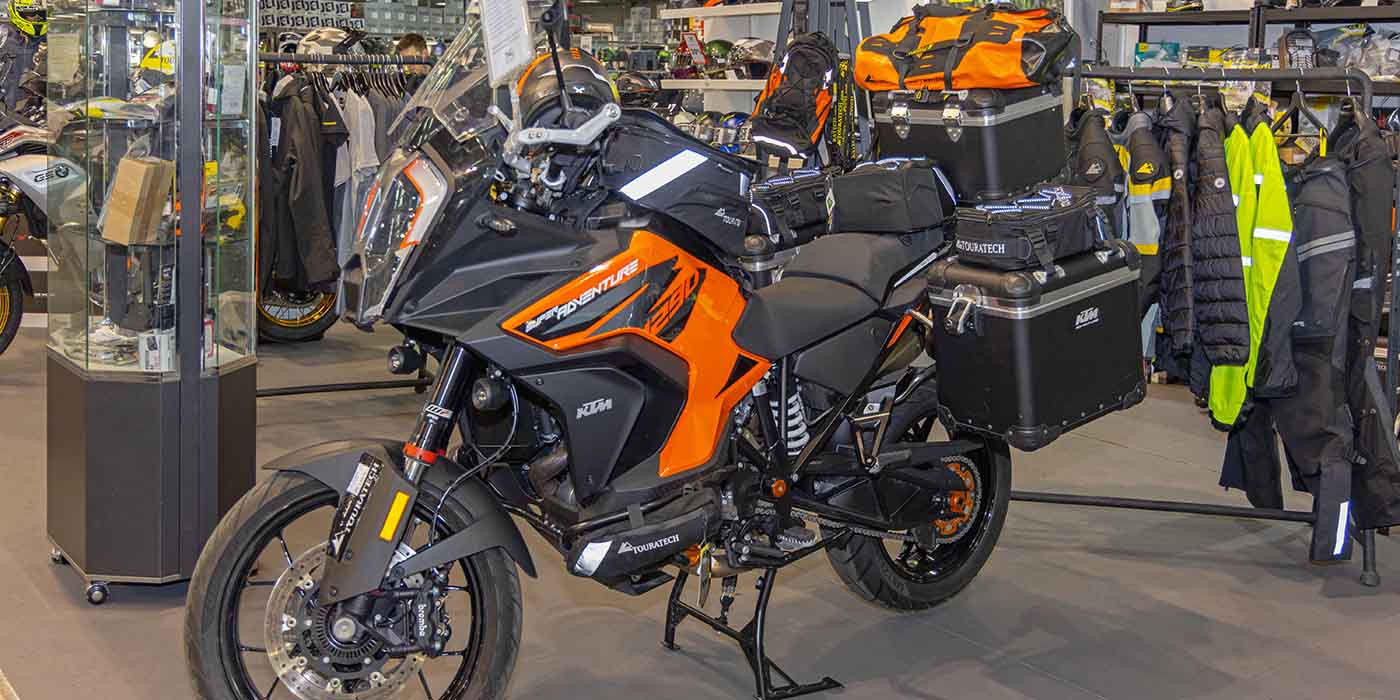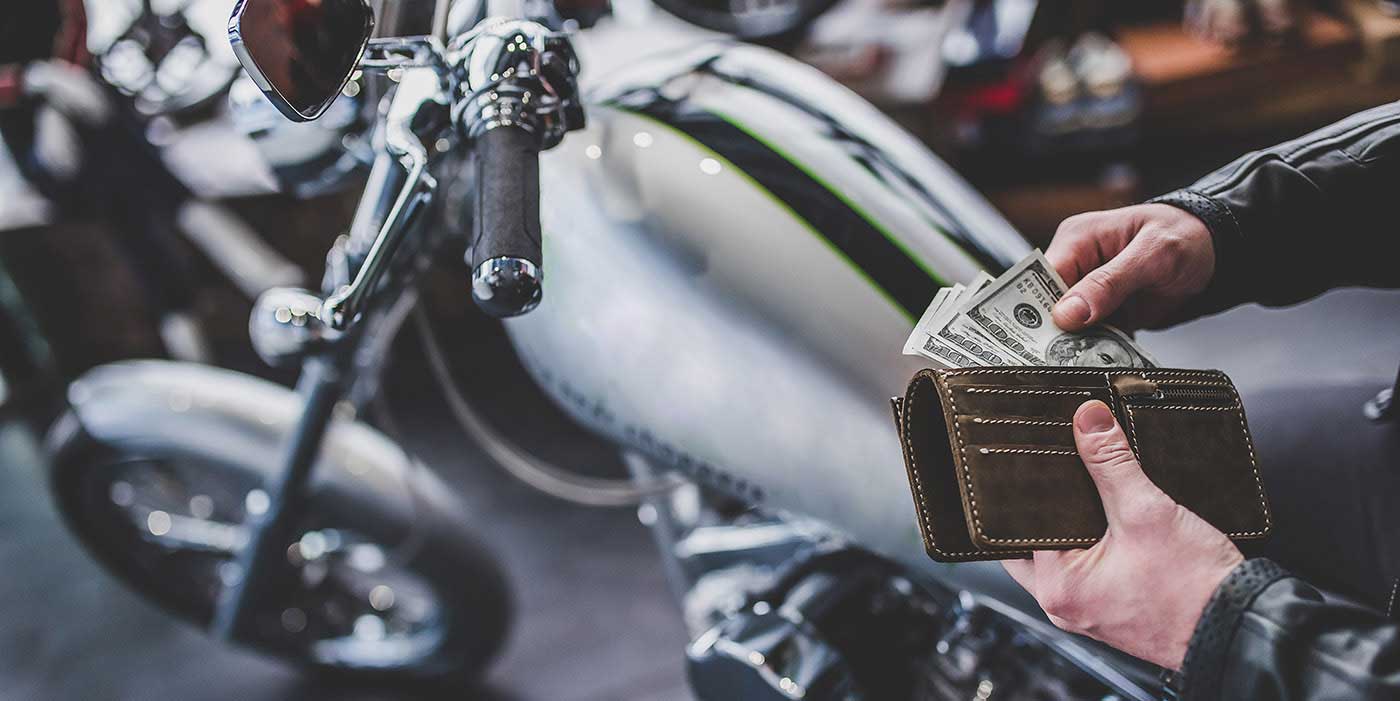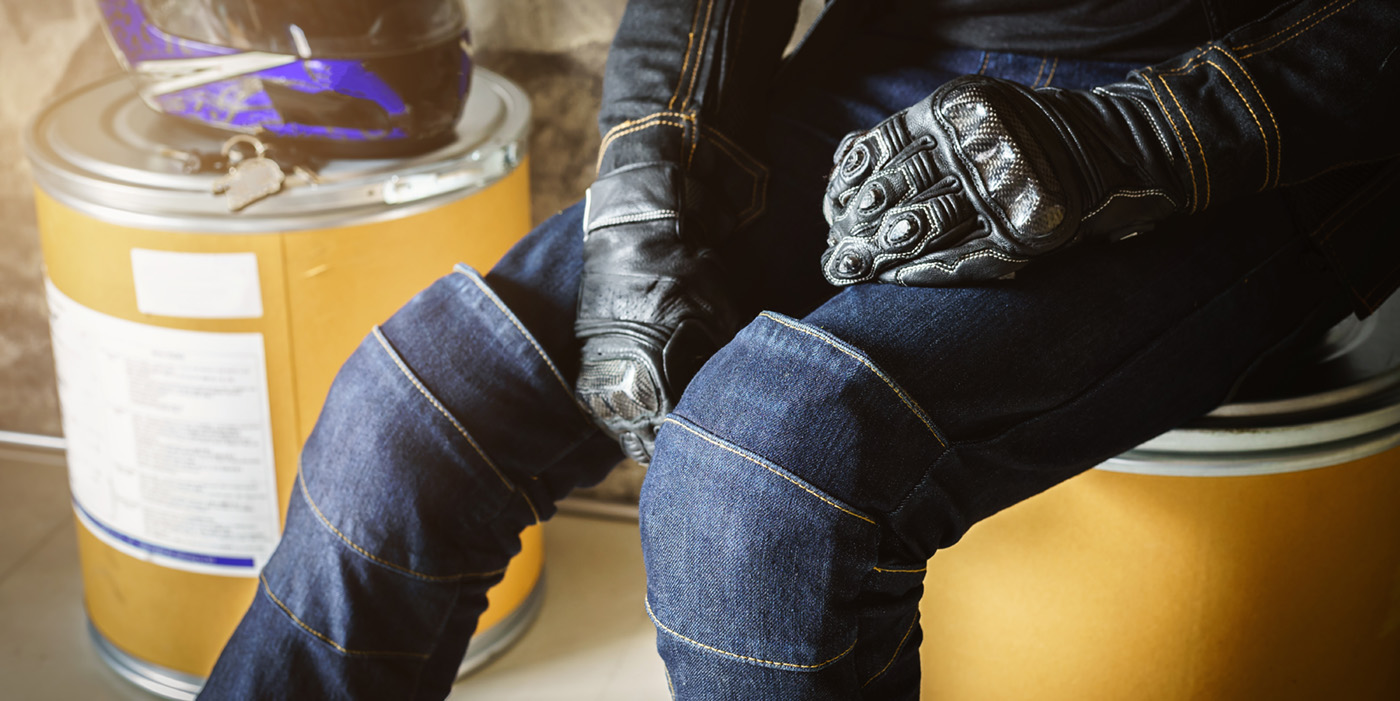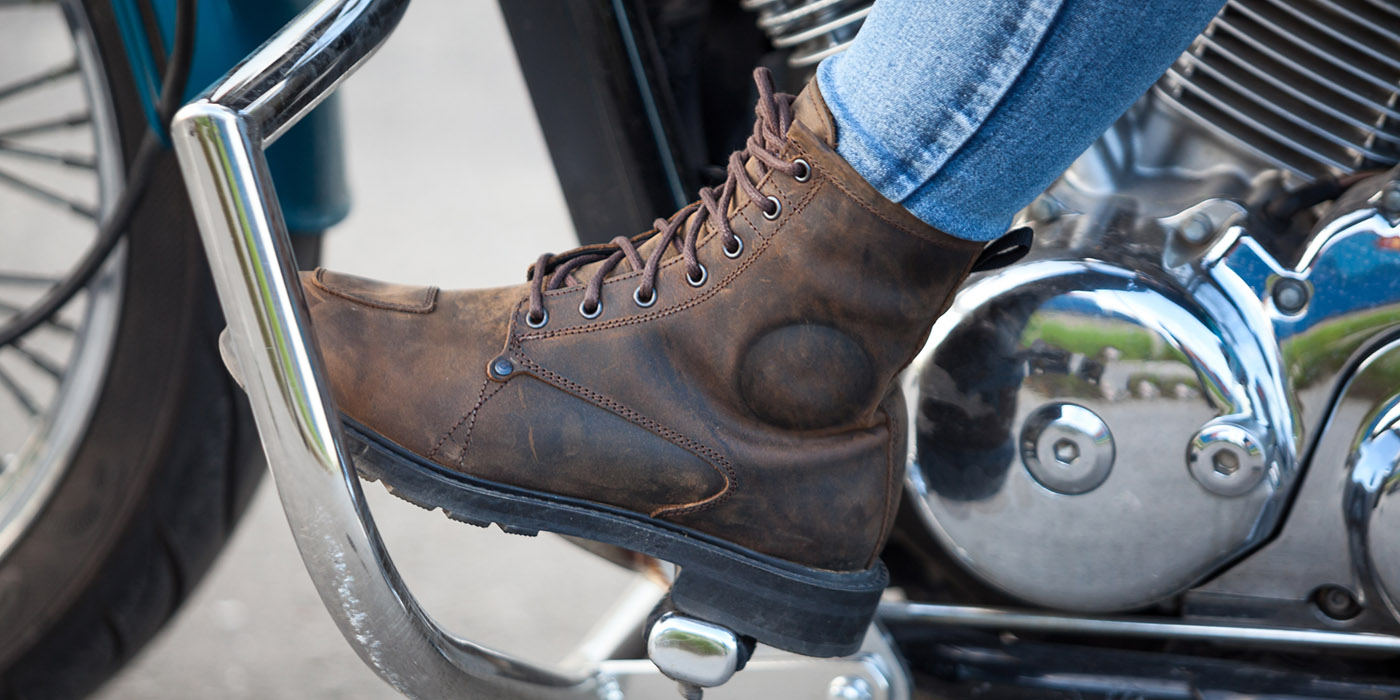Your sales department may get customers through your door, but your service department keeps them there. “In these economic times,” says Tim Buechele, parts and accessory manager of Hammond (La.) Harley Davidson, “customers are paying more attention to preventative maintenance. They are investing in what they have, which means taking care of their existing vehicle. After the sale, parts and service retain the customer.”
“When you are talking about customer retention, your service department is nine or 10 on a 10-point scale,” states Tom Hicks, owner of Southern California Triumph/Ducati, the number one Ducati dealership in the nation. “The service department is very, extremely, important.”
The impressions of these top producers are verified by a J. D. Power study. “Quality of the work being performed significantly drives satisfaction with service,” says Tim Fox, research manager of the powersports practice at J. D. Power and Associates in his December 2007 report. “It becomes critical to ensure not only efficient service, but also accurate and high quality repairs the first time around.”
In years gone by, angry customers would recount their problems with your dealership at the local bar or hangout. These days, bad news travels much faster. Unhappy consumers often post their problems on one of the many consumer review sites on the Internet or on motorcycle discussion boards, where anyone, including you, can read them. Most motorcycling communities are very small, and word gets around fast. You owe it to yourself to learn what the world is saying about your business.
“Most of my business comes in through word of mouth,” says Tim. “I spend a lot of time on different Internet boards, and we participate in Harley’s Secret Shopper program. It’s important to know that you are never as good as you think you are.”
People post both good and bad comments to boards and consumer websites, but since disgruntled customers are more likely to post reviews, the comments you see may be tilted towards the negative end of the spectrum. However, these sites provide unvarnished, honest customer comment for free — a valuable service, even if you might feel like taking an axe to some of the commenters.
Many people who post comments about motorcycle shops discuss the service department. Not getting a bike fixed properly the first time is a frequent source of complaints. “They messed up the service so severely that thirty miles later oil started spilling all over the engine and exhaust,” stated one unhappy customer in his post. “They had not put the cap back on the oil pan, so motor oil was pouring all over the street … Never went back there, never will,” said another.
Interestingly, the J. D. Powers survey noted that although overall customer satisfaction with motorcycle ownership has increased in the last five years, a small but increasing percentage report that the dealer created a new problem when a bike was brought in for service. “While this only occurs for a few motorcycle owners, dealers should be aware that the number of initiated problems among this subset is increasing,” says Fox. The survey concludes, “Service, build quality and product/performance primarily drive the overall motorcycle ownership experience.”
While a bad experience can lead to your shop’s name being blackened in public, a great service experience can inspire a customer to post good things about you — some of the best advertising you can get. “Since I’ve only been riding a couple years now, I had a lot of questions starting out, especially about maintenance. They [the shop] answered all of them thoroughly,” stated one pleased poster. “And for service this is the only place to bring your [brand of bike] in the area. I brought my [motorcycle] to [another dealership] and they charged me a couple hours labor and replaced some unbroken spark plugs. [This dealership] actually found the root of the problem (a cracked plug) and had the bike running at peak performance again. My next bike will definitely be [purchased] from here,”
said another.
To keep your good reputation and to ensure your customers’ happiness, train, encourage and support your wrenches to be the best they can be. “Training is more than key,” emphasizes Hicks. “I spend tens of thousands of dollars on training my techs. I even send them overseas. I send them to every update class I can find.”
“When we designed our dealership, we put a big picture window into the service area, so the customers can see the techs working on their bikes,” says Tim Buechele. “We want our techs to be the stars. The customers know and trust our guys based on relationships that have been made. They often request a specific tech, just as one may have a comfort zone with his or her doctor.”
In addition, properly stock your tool room. “I have every tool that can possibly be bought for my brands,” Hicks continues. “This is key to the customer: there is no situation where we don’t have the expertise to fix a problem. We can always find what’s wrong. We have other dealers bring bikes to us for diagnosis.”
So like Tinker to Edwards to Chance, well-trained techs armed with the tools they need to properly repair your motorcycle brands will make happy customers that will sit down at their computers and tell the world what a great operation you have. You can start with some of the tools featured on the following pages.
Customer Misdiagnosis
The phone rings — it’s the guy that just bought a bike from you. “My bike won’t start,” he says, “The lights go on but I push the button and nothing happens.” “Oh,” you say, trying very hard to sound professional. “Is the kickstand up?” “Um,” he says thoughtfully. “I’ll call you back if that doesn’t work.”
Most customers are great people, but there are always those folks who misuse their bikes, or who can’t figure out how to operate the machinery and then blame you. Don’t lose your temper, stay professional and you will keep the customer and have a great story to circulate around the shop.
A favorite tale at one dealership involves a customer who brought his bike in, pointing to ominous looking dark brown patches all over the engine. The tech looked at the patches, and they didn’t fit the pattern of an oil leak. He had an inspiration: The tech touched his finger to a patch and tasted it. Chocolate? He asked the customer if he had a mocha lately. It turned out that he had taken his wife for a ride and they had stopped at a Starbucks.
Then there was the time that a saleswoman had to drive out to the house of a customer to check on a newly delivered bike. The customer claimed there was a problem with the fuel system. Turned out he couldn’t figure out how to get the gas cap off.
Not many shops can beat this spoon story: A customer rode home on a new motorcycle. Shortly before reaching her house, the bike started handling badly and making a terrible noise from the rear of the bike. She insisted the shop come out and pick up this defective bike. On arriving with a van, the techs found a spoon impaled in the rear tire, hitting the swingarm with every revolution.
Sometimes Mother Nature gets into the act. In certain areas of our great country, there are insects that like to build mud nests in V-Twin engines. It is common for a customer to have a bike serviced before storing it for the winter. He will then take it out of storage and go for a ride only to find the engine covered with oil.
Dealerships in these areas are used to the angry phone calls come spring. The trick is to calm the customer down enough to get him to look at his transmission. For some reason, the nest-building bees invariably block the transmission vent hose, causing oil pressure to build up and tranny oil to escape through the path of least resistance, via the clutch cable adjustment in the front of the engine.
Whatever you do, don’t laugh. Try to offer some tips to help the customer, who is faced with evicting stinging insects from his motorcycle and cleaning up all that oil.













